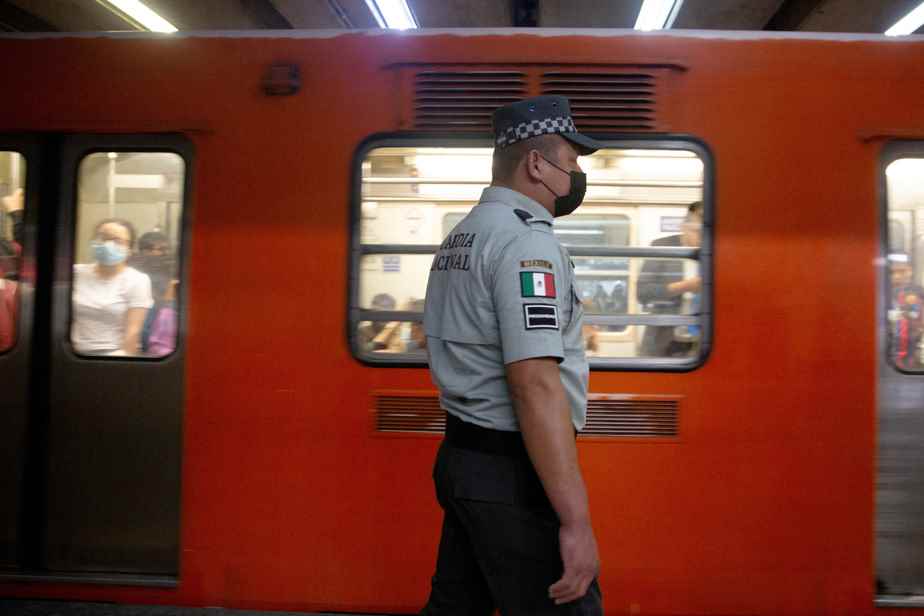(Mexico) More than 6,000 National Guard agents were deployed Thursday in the Mexico City metro, announced the President of the Republic and the mayor of the capital after the accident on Saturday which caused the death of a young girl from 18 years old and injured 57.
This collision between two trains, as well as failures in recent months, are not “normal”, said Mexico City Mayor Claudia Sheinbaum, a contender to succeed President Andres Manuel Lopez Obrador in 2024.
These incidents have nothing to do with budget cuts, she added, referring to criticism from some of her political opponents.
“It is obvious that there is a tense climate in politics”, added the president, who had invited his possible runner-up during his daily morning press conference.
The nationalist leftist leader supported the dispatch to the corridors of the metro of 6,060 agents of the National Guard, the security body he created when he came to power in December 2018 to replace the former federal police.
The opposition accuses him of wanting to “militarize” Mexico after placing the National Guard under the supervision of the Ministry of Defense at the end of 2022.
Amnesty International also criticized the decision, saying it helped “normalize” militarization.
“We call for respecting and guaranteeing that public security missions are carried out by civilian institutions,” the international human rights NGO said on Twitter.
Art student according to her relatives, Yaretzi Adriana, 18, died on Saturday in the collision between two trains, which also left 57 injured on line 3 crossing the city from north to south.
The deputy director of operations of the Mexico City metro has been removed. Five other incidents have been recorded since Saturday, said the mayor of Mexico City.
In May 2021, 26 passengers died when an air bridge collapsed when a train passed on line 12 in the south of the capital.
In 2021, the Mexico City metro (more than nine million intramural inhabitants) transported 837 million passengers, according to the authorities.
The metro was built by the Parisian RATP in 1969. The French railway manufacturer Alstom is among the suppliers.
